This post is old, but hopefully this will help others.
"Introduction to Algorithms" book (by Cormen, Leiserson and Rivest) is a good book to read about algorithms, but the "pseudo-code" is terrible. Things like Q[1...n] is nonsense when one needs to understand what Q[1...n] is suppose to mean. Which will have to be noted outside of the "pseudo-code." Moreover, books like "Introduction to Algorithms" like to use a mathematical syntax, which is violating one purpose of pseudo-code.
Pseudo-code should do two things. Abstract away from syntax and be easy to read. If actual code is more descriptive than the pseudo-code, and actual code is more descriptive, then it is not pseudo-code.
Say you were writing a simple program.
Screen design:
Welcome to the Consumer Discount Program!
Please enter the customers subtotal: 9999.99
The customer receives a 10 percent discount
The customer receives a 20 percent discount
The customer does not receive a discount
The customer's total is: 9999.99
Variable List:
TOTAL: double
SUB_TOTAL: double
DISCOUNT: double
Pseudo-code:
DISCOUNT_PROGRAM
Print "Welcome to the Consumer Discount Program!"
Print "Please enter the customers subtotal:"
Input SUB_TOTAL
Select the case for SUB_TOTAL
SUB_TOTAL > 10000 AND SUB_TOTAL <= 50000
DISCOUNT = 0.1
Print "The customer receives a 10 percent discount"
SUB_TOTAL > 50000
DISCOUNT = 0.2
Print "The customer receives a 20 percent discount"
Otherwise
DISCOUNT = 0
Print "The customer does not a receive a discount"
TOTAL = SUB_TOTAL - (SUB_TOTAL * DISCOUNT)
Print "The customer's total is:", TOTAL
Notice that this is very easy to read and does not reference any syntax. This supports all three of Bohm and Jacopini's control structures.
Sequence:
Print "Some stuff"
VALUE = 2 + 1
SOME_FUNCTION(SOME_VARIABLE)
Selection:
if condition
Do one extra thing
if condition
do one extra thing
else
do one extra thing
if condition
do one extra thing
else if condition
do one extra thing
else
do one extra thing
Select the case for SYSTEM_NAME
condition 1
statement 1
condition 2
statement 2
condition 3
statement 3
otherwise
statement 4
Repetition:
while condition
do stuff
for SOME_VALUE TO ANOTHER_VALUE
do stuff
compare that to this N-Queens "pseudo-code" (https://en.wikipedia.org/wiki/Eight_queens_puzzle):
PlaceQueens(Q[1 .. n],r)
if r = n + 1
print Q
else
for j ← 1 to n
legal ← True
for i ← 1 to r − 1
if (Q[i] = j) or (Q[i] = j + r − i) or (Q[i] = j − r + i)
legal ← False
if legal
Q[r] ← j
PlaceQueens(Q[1 .. n],r + 1)
If you can't explain it simply, you don't understand it well enough.
- Albert Einstein
